Full Art Mode
Exit Full Art Mode by clicking on Page or ESCTouch screen to exit Full Art Mode
skip
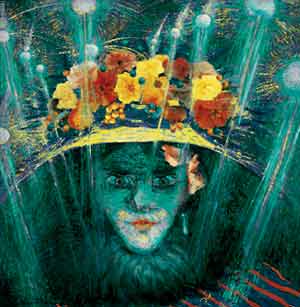
review
Futurism
Radical Avantgarde
07.03.2003 - 29.06.2003
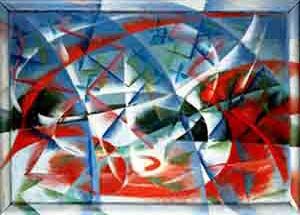
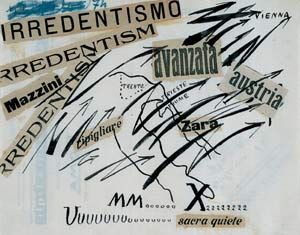
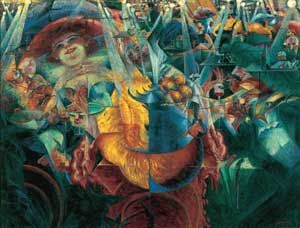
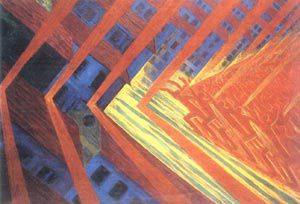

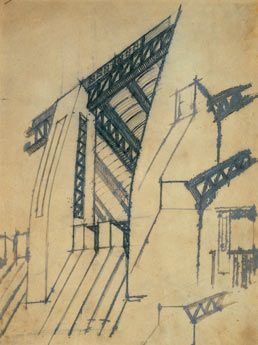
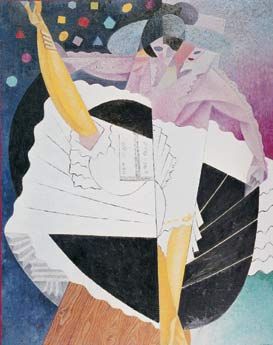
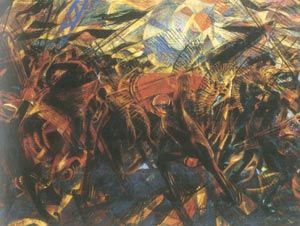
The Italian Futurists associated with Fillipo Tommaso Marinetti projected themselves as uncompromising and spectacular. Not only did they revolutionise the visual concept of Modernism but they also campaigned for an extended idea of what makes art.
The only exhibition of the Italian Futurists in Austria so far mounted was held in 1912 and has today been forgotten. An intensive preparation period of almost two years precedes the show. Some 200 Futurist works from international museums and numerous private collections have been brought together into a unique exhibition spanning the visual arts, architecture, film, music and literature and fashion. Some of the works on show have never been seen by the wider public. The involvement of both the Austrian Federal President, Thomas Klestil and the Italian President, Carlo Azeglio Ciampi as patrons of the exhibition Futurism. Radical Avantgarde is testimony to the unique nature and importance of this project. The Futurist Manifesto first appeared in the Parisian newspaper Le Figaro on 20 February 1909. The author was the young Italian poet Fillipo Tommaso Marinetti and in it he called for nothing less than a radical renewal of society in response to the altered living conditions at the dawn of the 20th century. The central statement, ‘a racing car is more beautiful than the Nike of Samothrake’, embodies Marinetti’s appeal for the rejection of tradition and the devotion to a new aesthetic of speed and technology that earned him the title “Europe’s caffeine”. Marinetti’s manifesto marked the birth of Futurism. The movement soon encompassed all areas of the arts. Marinetti was a master of propaganda and a skilful writer. He adopted unusual means in his efforts to spread the ideas of the new movement including flyers and manifestoes. Evening lectures for large audiences also helped spread the word and win over new followers just as much as they led to lively debates and even physical confrontations. Today it is the visual arts that best convey the ideas and concepts of this radical avant-garde group. The exhibition focuses on the work of visual artists such as Giacomo Balla, Umberto Boccioni, Carlo Carrà, Luigi Russolo and Gino Severini. Together they represent the idea of a new, visionary national, ‘Futurist’ Italian art. They developed a novel structural language reflecting the unrelenting movement of the modern world. Dynamics, simultaneity and emotional involvement on the part of the observer became bywords of the Futurists. Viewed with hindsight, the historical assessment of Futurism’s further development is not without problems. Marinetti was, despite a rather sceptical attitude to Benito Mussolini, closely associated with Italian fascism. Mussolini commandeered the fundamental nationalism and warglorification of Futurism and this became one of the reasons for the critical neglect of Futurism as an artistic avant-garde.
The BA-CA Kunstforum exhibition concentrates on the movement’s core period between 1909 and 1918. It was during these years that the activities of the Futurists culminated. The works from these “anni eroici” underline the importance of the movement among the international avant-gardes and its contemporary relevance not only in the visual arts but also in literature and music. It is also in this period that the artists in Marinetti’s circle achieved the highest creative quality, putting them on a par with the other great visual renewal of the time – the French Cubists. The show also features significant, in some cases playful, examples of the other arts that were influenced by Futurism at this time including architecture, fashion, music, arts and crafts, photography and film as well as experimental literature. Increasingly the movement opened itself to all areas of the new, experimental artistic creativity.
review
Under the Modernist Spell
Picasso, Chagall, Jawlensky
04/09/2003 - 30/11/2003
review
